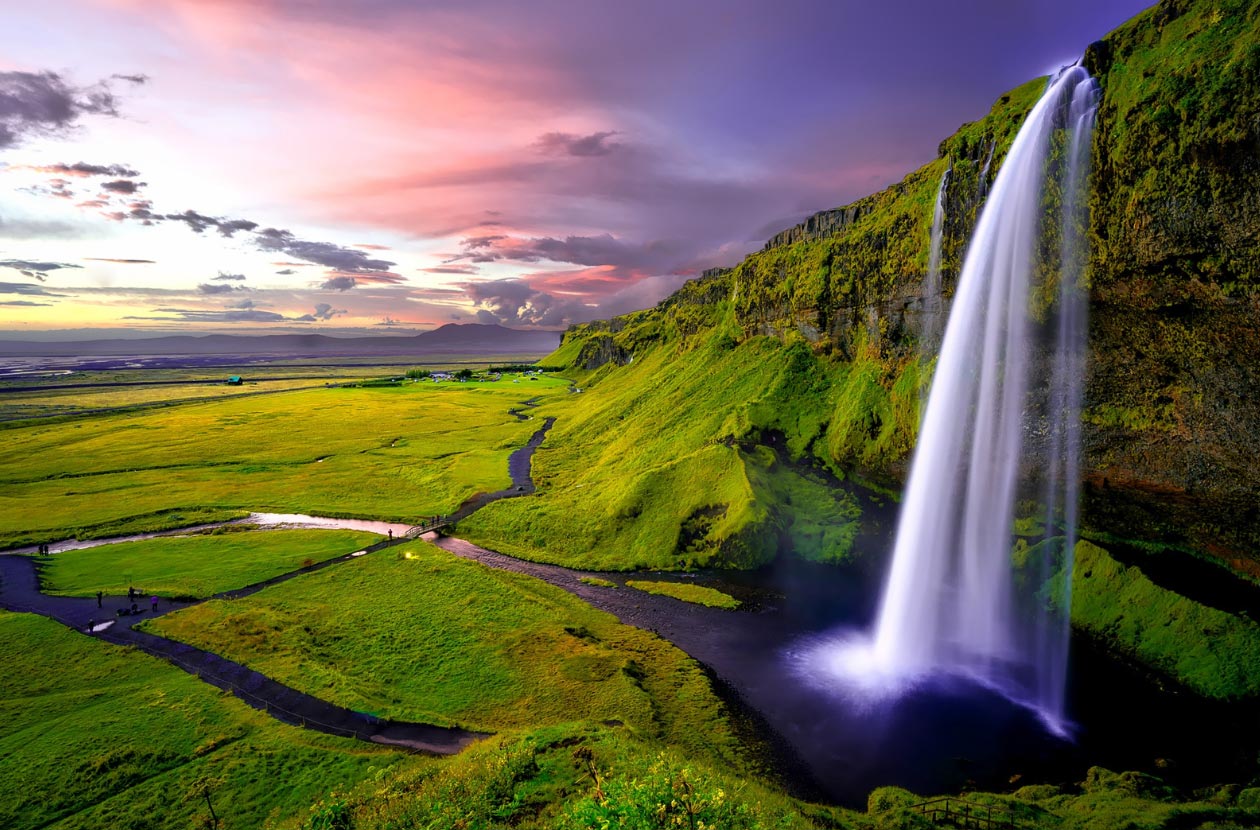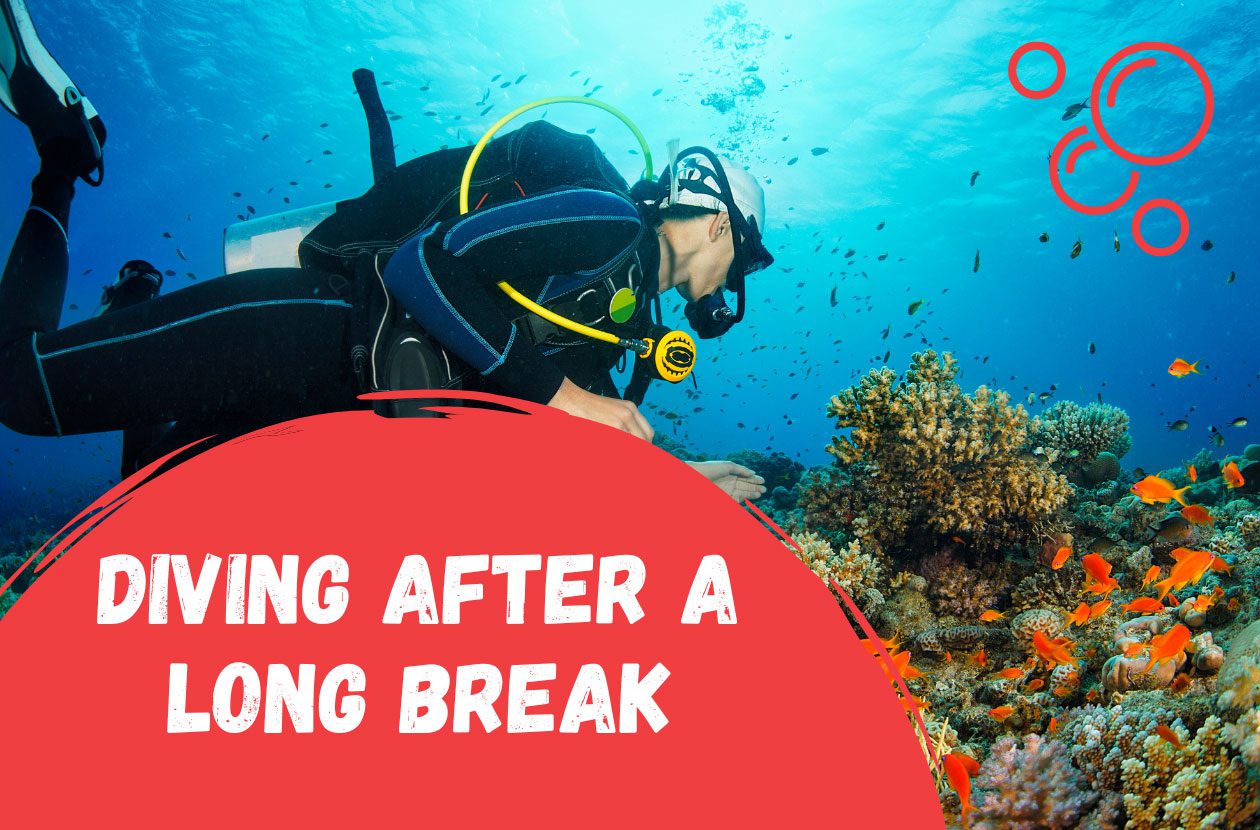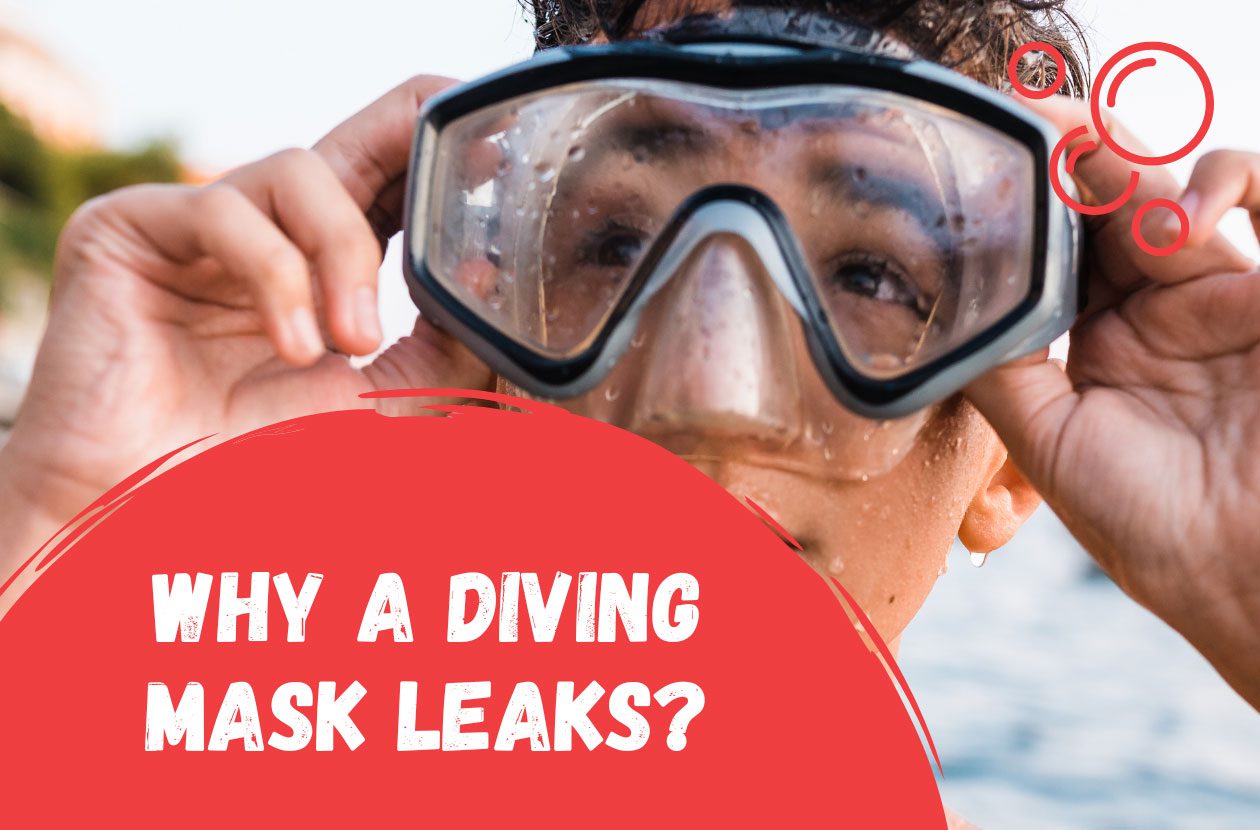Diving in Iceland is a captivating and extraordinary experience that allows you to explore the unique underwater landscapes of this volcanic island. With its pristine waters, geothermal activity, and stunning geological formations, Iceland offers divers an opportunity to discover a world unlike any other.
One of the most renowned dive sites in Iceland is the Silfra Fissure, located in Thingvellir National Park. Here, you can immerse yourself in the mesmerizingly clear waters and swim between the Eurasian and North American tectonic plates. The visibility in Silfra is exceptionally high, allowing you to appreciate the remarkable geological formations and vibrant colors of the underwater world.
Table of Contents
Diving in Iceland – practical information
Iceland’s waters can be quite cold, with temperatures ranging from 2 to 4 degrees Celsius (36 to 39 degrees Fahrenheit) throughout the year. To stay warm, divers are advised to wear drysuits, which provide insulation against the cold water. Drysuits allow you to enjoy an extended diving experience while keeping you comfortable and protected from the low temperatures.
Beyond the geological wonders, Iceland’s underwater world is also teeming with marine life. While diving, you may come across various species of fish, including cod, haddock, and the elusive wolf fish. Seals are also commonly spotted in Icelandic waters, and if you’re lucky, you might even encounter whales during your dive.


In addition to the Silfra Fissure, other notable dive sites in Iceland include Kleifarvatn Lake, known for its mysterious underwater geothermal vents, and the Strytan geothermal chimney, where you can witness stunning mineral deposits formed by underwater volcanic activity. The Westman Islands are also popular among divers, offering unique lava formations and the opportunity to explore a submerged volcanic crater.
Diving in Iceland – what you should know?
Exploring Iceland’s icy waters through diving presents an exceptional and awe-inspiring experience. By ensuring adequate preparation, using the right equipment, and embracing the remarkable natural wonders of Iceland, divers can embark on an unforgettable adventure that will leave a lasting impression in this captivating country. When it comes to diving in Iceland, there are a few key things you should know:
Unique Geological Features
Iceland is known for its unique geological features, and this extends to the underwater world as well. Diving in Iceland offers the opportunity to explore breathtaking underwater landscapes formed by volcanic activity and tectonic plate movements. The chance to swim between the Eurasian and North American tectonic plates in the Silfra Fissure is a truly remarkable experience.
Pristine Waters
Iceland’s waters are exceptionally clear and pristine, providing excellent visibility for divers. The visibility in some dive sites, such as the Silfra Fissure, can reach up to 100 meters (330 feet), allowing you to appreciate the underwater scenery in incredible detail.
Cold Water Temperatures
Iceland’s waters are cold throughout the year, with temperatures ranging from 2 to 4 degrees Celsius (36 to 39 degrees Fahrenheit). It’s essential to wear a proper drysuit to stay warm during your dive. Drysuits provide insulation and allow you to enjoy longer dives without feeling the cold.
Drysuits and Certification
Due to the cold water temperatures, drysuit diving is the norm in Iceland. It’s essential to have prior experience and certification in drysuit diving before attempting dives in Icelandic waters. If you don’t have drysuit certification, there are dive centers that offer courses and training for this specific type of diving.
Wildlife Encounters
Iceland’s underwater world is home to a diverse range of marine life. While diving, you may encounter various fish species, including cod, haddock, and wolf fish. Seals are commonly spotted, and if you’re fortunate, you might even witness whales during your dive. However, it’s important to note that wildlife encounters can never be guaranteed.
Dive Sites and Locations
Iceland offers several remarkable dive sites across the country. Apart from the Silfra Fissure, which is a must-visit site, you can explore other locations such as Kleifarvatn Lake, Strytan geothermal chimney, and the Westman Islands. Each site has its own unique characteristics, from geothermal vents to lava formations, providing a range of diving experiences.
Safety Considerations
Like any outdorr activity, safety in diving is paramount. It’s crucial to dive with a reputable dive operator or center that prioritizes safety and has experienced instructors. Ensure that you have the necessary diving certifications, follow proper diving procedures, and listen to the guidance of the professionals.
Diving in Iceland offers a truly extraordinary experience for those who venture into its icy waters. With proper preparation, equipment, and an appreciation for Iceland’s natural wonders, you can enjoy a memorable diving adventure in this stunning country.


Thingvellir National Park (Þingvellir)
The Thingvellir National Park is a well-known and historically important place in Iceland. Is also one of the three places that are part of the so-called Golden Circle, which are world-famous, spectacular and unique places. The other two points of the circle are the Geysir geothermal area and the Gullfoss waterfall. It is a very interesting place where two tectonic plates – Eurasian and North American – are meeting. The distance between the plates increases by an average of about 2.5 cm per year. The earth’s surface here is cutted by fissures and cracks. Increased volcanic and seismic activity is also noted here (earthquakes occur).
Location of the Thingvellir National Park
Thingvellir National Park is situated approximately 40 kilometers (25 miles) east of Iceland’s capital city, Reykjavik. It covers an expansive area of about 9,270 hectares (22,900 acres).
UNESCO World Heritage Site
The Thingvellir National Park holds great cultural and historical importance and has been recognized as a UNESCO World Heritage Site since 2004. It is valued for its geological and historical significance.
Historical Significance
Thingvellir was the site of Iceland’s first parliamentary assembly, known as the Althing, which was established in the year 930 AD. The Althing is one of the oldest known functioning parliamentary institutions in the world. This gathering of early Icelandic settlers represented a significant step towards democracy and the formation of a unified Icelandic nation.
Geological Marvel
This National Park lies in a rift valley caused by the separation of the Eurasian and North American tectonic plates. The park provides a unique opportunity to witness the dramatic effects of tectonic activity. The visible rift, Almannagjá, showcases the impressive cliffs and canyons formed by the shifting plates.
Scenic Beauty
The park’s landscape is characterized by rugged lava fields, picturesque lakes, and an abundance of flora and fauna. Thingvallavatn, the largest natural lake in Iceland, is located within the park. The contrasting combination of geological features and natural beauty makes Thingvellir an enchanting destination for nature lovers and photographers.
Outdoor Activities
Thingvellir National Park offers various outdoor activities for visitors. Hiking trails crisscross the park, providing opportunities to explore its natural wonders on foot. Additionally, the park is a popular destination for fishing and birdwatching, with several bird species inhabiting the area.
Silfra Fissure
One of the most popular attractions within Thingvellir National Park is the Silfra Fissure. It is a natural crack between the tectonic plates filled with crystal-clear glacial water. Silfra is known for its excellent visibility and is a sought-after diving and snorkeling site, allowing visitors to immerse themselves between the two continents.
Thingvellir National Park combines rich historical significance, geological wonders, and breathtaking landscapes, making it a must-visit destination for those exploring Iceland’s natural and cultural heritage.
Diving in Iceland – Silfra
Scuba diving in Silfra, located within Iceland’s Thingvellir National Park, offers a truly remarkable and unforgettable experience. Silfra is a fissure formed by the separation of the Eurasian and North American tectonic plates, making it one of the most fascinating dive sites in the world.
What sets Silfra apart is its crystal-clear glacial water, offering unparalleled visibility that can reach up to 100 meters (330 feet). This exceptional clarity allows divers to explore the underwater landscape with astonishing detail, showcasing the mesmerizing geological formations and vibrant colors beneath the surface.
The dive itself takes you through a series of narrow canyons and crevices, allowing you to traverse between the continents. The water in Silfra is remarkably pure and has an otherworldly blue hue, creating a surreal and ethereal atmosphere.


How to prepare?
Divers are required to wear drysuits due to the frigid water temperatures, which typically range from 2 to 4 degrees Celsius (36 to 39 degrees Fahrenheit) year-round. Drysuits provide insulation and allow divers to stay comfortable during their exploration of Silfra’s underwater realm.
As you navigate through Silfra, you’ll encounter fascinating rock formations, including walls covered in algae and moss that have formed over centuries. These geological features add to the unique and otherworldly ambiance of the dive.
One of the most thrilling aspects of diving in Silfra is the opportunity to swim between the tectonic plates. The experience of being suspended between two continents is awe-inspiring and offers a sense of being connected to the Earth’s geological history. The required qualification for diving here is a minimum PADI Open Water Scuba Diver.
Where to find a diving expedition to Iceland?
Organizing a diving trip to Iceland is not that easy and requires some effort and experience. Therefore, it is definitely better to find an agency that provides such services than to try to organize everything yourself. It will be definitely less stressful, faster and many times cheaper. Those interested in such trips are welcome to visit our expedition website GoExploreWith.me, where you will find many fascinating expeditions available to everyone.


Diving in Iceland – let’s recap
Scuba diving in Iceland offers a unique and captivating experience for adventure-seeking divers. Despite its cold waters, Iceland’s underwater world is rich with geological wonders, pristine visibility, and diverse marine life. Scuba diving in Iceland is an adventure that combines natural wonders, geological phenomena, and the thrill of exploring a unique underwater realm. It offers divers an opportunity to witness the incredible forces of nature and immerse themselves in the raw beauty of Iceland’s aquatic landscapes. If you will have the opportunity to go on such an expedition then do not even think for a moment.






